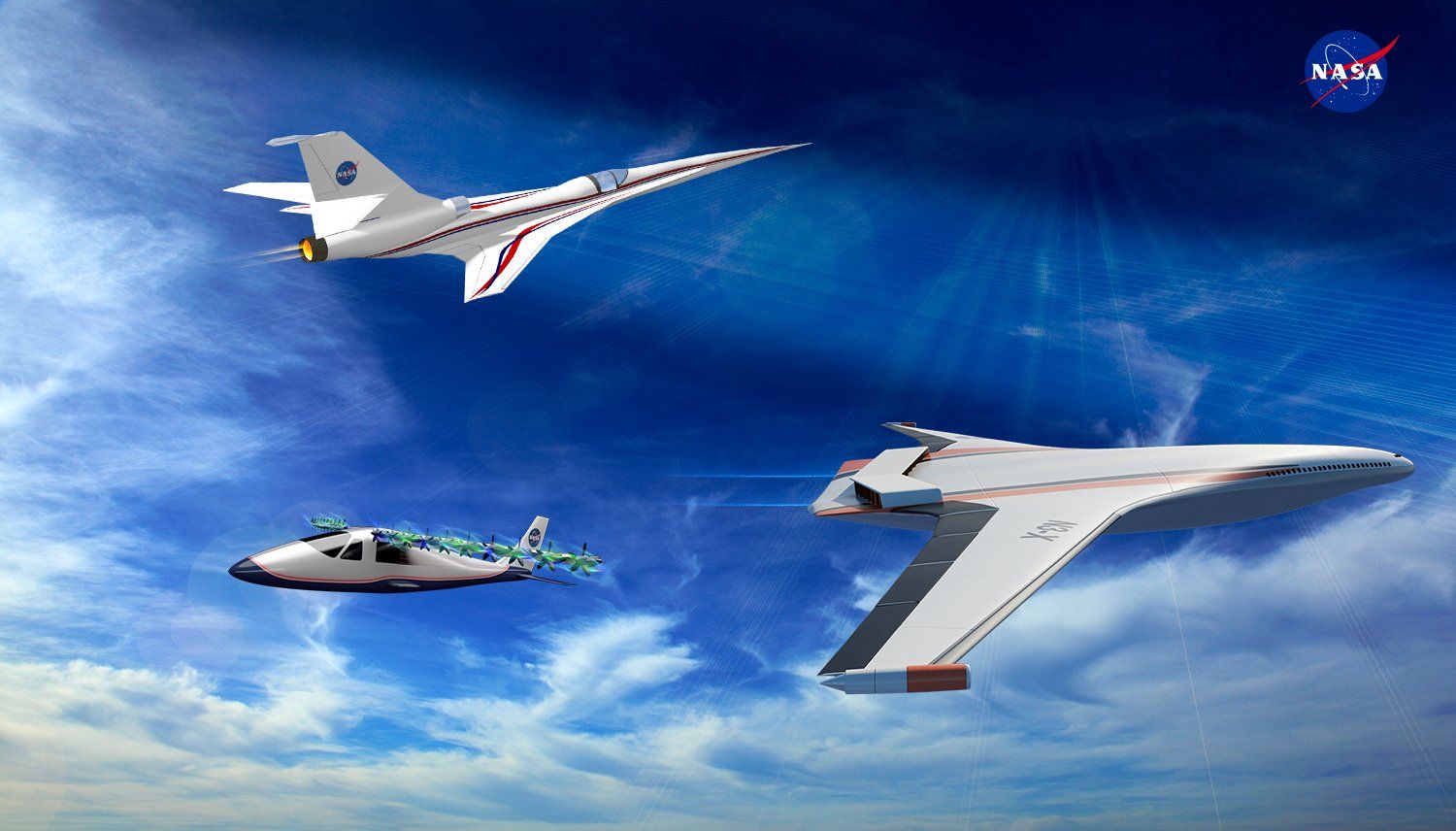
Space may get all the mainstream attention in the new NASA budget proposal released today, but staff from the Aeronautics Research Mission are excited about a boost in research funding for new technologies that will impact commercial aviation — including projects that aim to cut fuel burn in half, dramatically reduce noise, restore commercial supersonic flight over land, and develop safer and more efficient air traffic management. “We are ready to take these new technologies into actual X-Plane flight demonstrations,” said Jaiwon Shin, associate administrator for the ARM directorate, in a conference call with reporters on Monday. “We have done a pretty decent job of showing the potential benefits of all these technologies to the [Obama] Administration.” The new 10-year budget proposes $790 million for the ARM in fiscal year 2017 — a boost of $150 million over last year — and increases yearly to a peak of $1.3 billion in 2023.
Shin said the five new X-Plane aircraft will be remotely piloted and about 50 percent of operational size. Those parameters provide the most useful data while keeping the costs under control, he said. An open competition for the X-plane projects will be held, under a program called New Aviation Horizons. Projects now in the works that will compete include a hybrid wing-body aircraft, a double-bubble fuselage configuration, hybrid electric distributed propulsion, and low-boom supersonic flight. Other contenders are expected to emerge as the competition advances, Shin said. He expects to fly one new X-plane each year, starting next year. NASA also is continuing to work on a “next frontier” ATC system, he said, which would be more efficient and safer than today’s system, and also would accommodate drones as well as piloted aircraft. More research also will go into autonomous systems, he said, for both ATC and aircraft, “to increase safety and efficiency.”
Other long-term goals for NASA’s aeronautics research include “a future where people can travel to most cities in the world in six hours or less in an airplane that can fly faster than the speed of sound on bio-fuels” and the ability to “absorb nearly 4 billion more passengers over the next 20 years without compromising the safety of our skies,” according to NASA’s news release. The agency also plans to create a University Innovation and Challenge project to work toward addressing key technical challenges facing the aviation industry. Shin said he’s hopeful the new budget will quickly gain approval. “I think we have a compelling story, and have been delivering good outcomes,” he said. “I think Congress understands the importance of aeronautics research.” The agency will “aggressively” seek industry partners to cost-share in its research programs, he added. NASA’s overall budget proposal has been cut by $300 million overall. The proposal now goes to Congress — where it will face scrutiny and possible opposition — and then back to the White House for final approval.


































